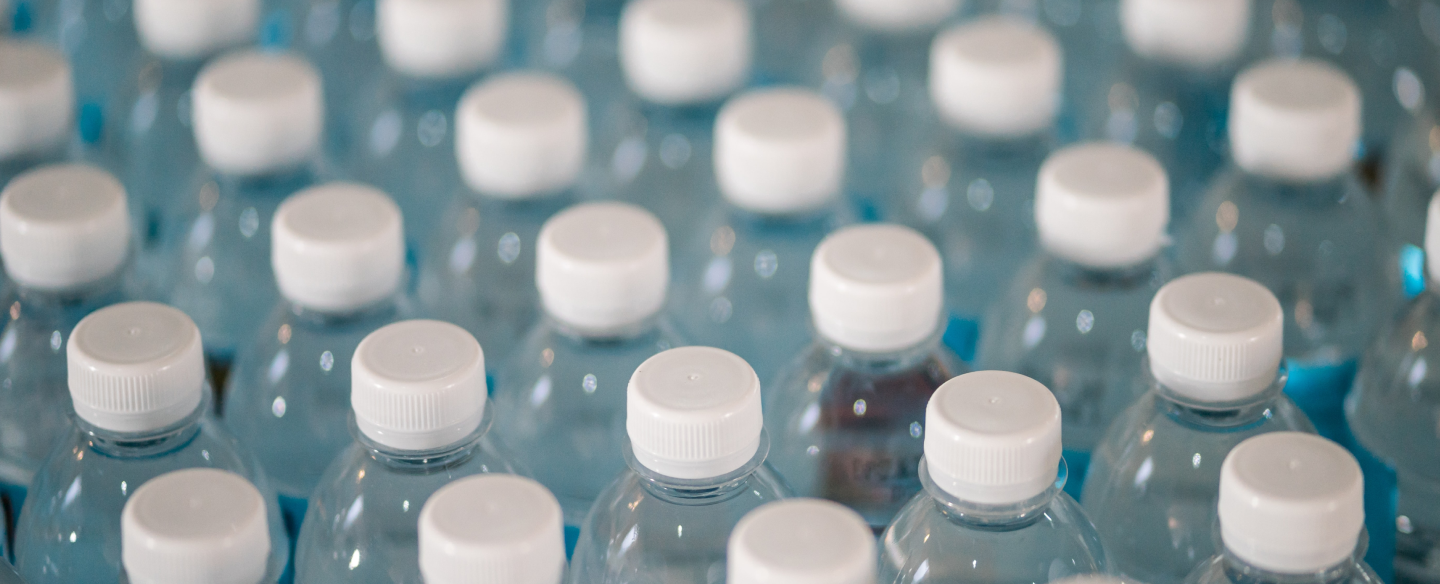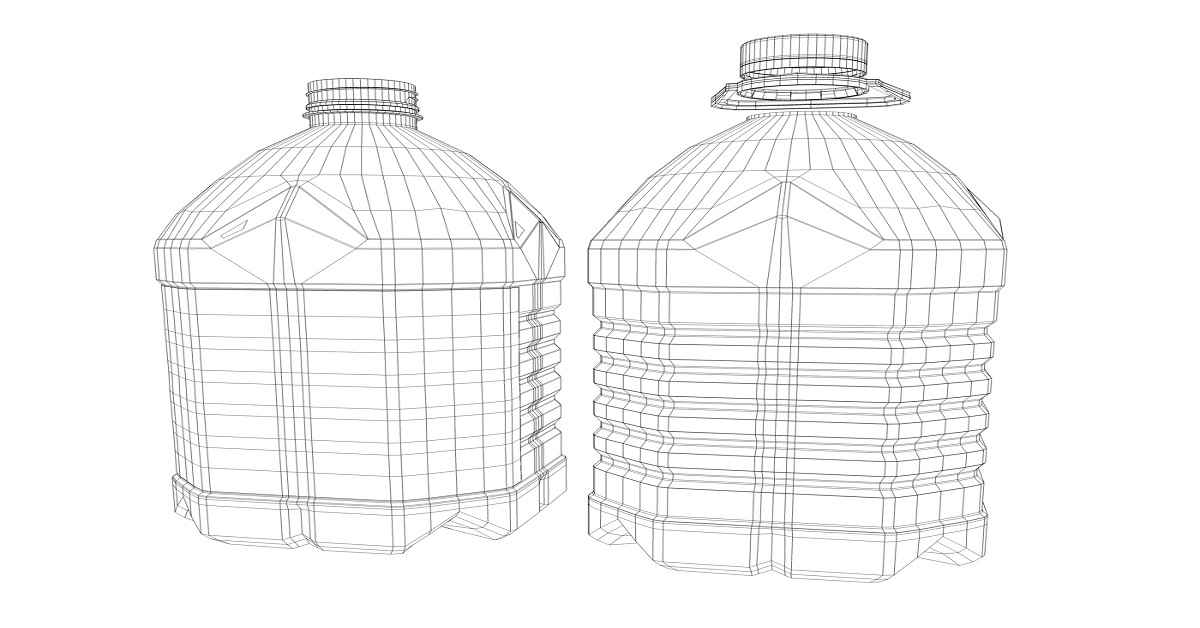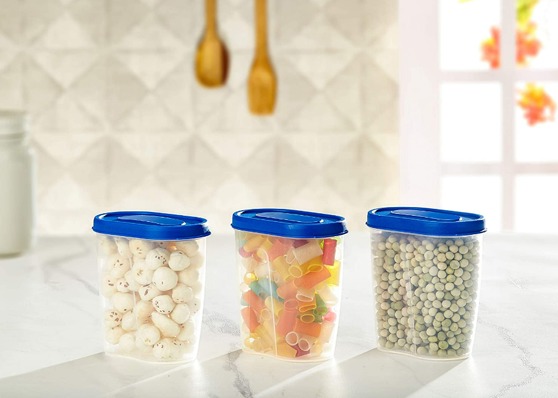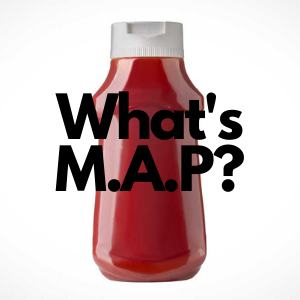
Manjushree | Design thinking for plastic waste reduction
Published:May 4, 2023
Featured Articles

Communication
Innovation
Manjushree | Restorative Design Engineering Approach
Today’s highly competitive consumer goods industry has high demands from packaging. They expect their packaging to deliver filling differentiation, cost reduction, and increasingly aggressive sustainability targets. Brand Owners and Retailers...
May 11, 2023
Read more

Sustainability
Can packaging contain food wastage at retail?
The world celebrated its first International Day of Awareness of Food Loss and Waste, this year on 29th September. In this article, we probe the role packaging plays in containing...
May 4, 2023
Read more

Innovation
All About Modified Atmosphere Packaging (M.A.P)
The shelf life of a food product is defined as the period during which the product is considered acceptable for human consumption. The sensory characteristics of a food or beverage...
April 13, 2023
Read more
Do you have a query?
Lets Talk
+91 80 4343 6200
info@manjushreeindia.com